Trending
Opinion: How will Project 2025 impact game developers?
The Heritage Foundation's manifesto for the possible next administration could do great harm to many, including large portions of the game development community.

Featured Blog | This community-written post highlights the best of what the game industry has to offer. Read more like it on the Game Developer Blogs or learn how to Submit Your Own Blog Post
Do you have strong game design fundamentals? Chances are that you don’t know the answer. But why not? Every other discipline has fundamentals: Music has scales and chords, Art has perspective and color. But game design. What have we got? Not much.

But why not? Every other discipline has fundamentals of some sort:
Music has scales and chords
Art has perspective, color, and lighting
Film has something but the website I found it on is really weird and I’m too lazy too look through it to watch some strange videos composition.
But game design. What have we got?
Not much.
I’m going to talk about ideas that I feel are fundamental to game design. Things that are so integral to the building blocks of every game ever made that by getting better at the listed things will help you get better at making any game ever. Period.
Thats a huge claim so take it with a grain of salt because I’m no authority on this subject. I just think about this stuff non stop. I might as well put my thoughts out there and see if anyone can tell me if I’m totally off track or not.
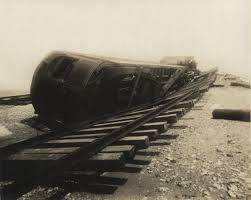
And if I’m extremely off base, start asking these questions for yourself. Start thinking about things that all game design has in common and try to work on those things. It will never hurt to try to do things to improve yourself seeing as how our discipline is so new and there is still so much to discover.
Chances are you have heard of game feel by now. If you haven’t it’s the special sauce you add to your games to make them feel meatier. The added crunch to make every button press, joystick flick, and trigger held feel like you felt things in some weird 6th sense.
Here’s the thing about game feel though. It’s more than just a screen shake and some particles. Game feel has to be accounted for in everything from the speed of the player character to the amount of frames per animations. From the sound design to the way the code is written. Everything you do to your game has an effect, much like the butterfly effect, on your game feel.
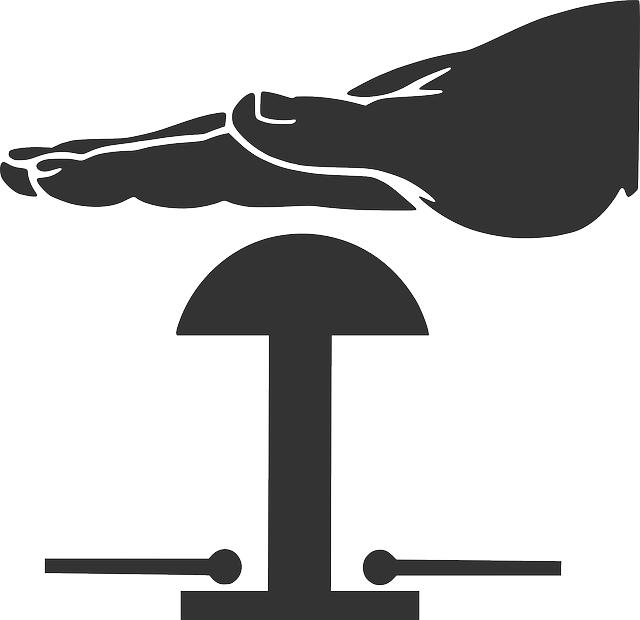
Its also important to keep in mind that even if you’re working on a walking simulator or a twine game, your game has game feel.
Your experience in game feel will come through in how interesting the game is to interact with.
Okay, so now hopefully you are somewhat convinced that the feel of your game is pretty fundamental to the act of game development. So the next bit to understand is how would you work on it?
In my experience I’ve found that the best way to improve your game feel is to simply make games and prototypes. Me and the people around me have made a shit ton of games. We would make small games in 3 hours. Then maybe I would go home and work on something for an hour that was simply a box that shot stuff in a empty world. Basically do that 100+ times and you are where I am now.
That wasn’t insignificant. My understanding of game feel now makes it extremely natural to make things fun to play . For example, if someone comes to me asking how to do something I’ll show them. Then, often, they will ask me why I did something, like add in that randomness here or that lerp function there and I’ll normally answer
“I figured the game would feel better that way”
I unconsciously do things that I previously working hard to do, such as making a game feel better. I’ve done so many things so many times that I’ve started to internalize certain techniques. This makes me start to look for new ways to add on to that stuff I’ve already internalized.
Simply put, I’m building on fundamentals I’ve learned.

Another good example of this would be vlambeer being known as the king of screen shake. Obviously they weren’t the ones to invent it. Whats going on here is that there are so many other subtle things that Jan willem nijman has learned over hundreds of prototypes and games that his game feel is masterful and polished. He does so many things that I haven’t seen done before simply because he’s practiced his fundamentals for so long.
Good art in games isn’t the same as good art in general. When people say stuff like “This game has such a strong style” or “Man the graphics shouldn’t be that good but I can’t imagine the game without them” they aren’t talking about the art itself. What they are talking about is the game aesthetics.
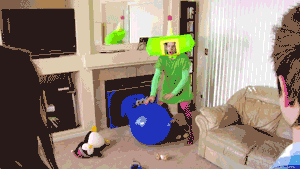
Here’s the thing with aesthetics, it’s not simply about having a good artist. A lot of my strength with stylings come from shaders doing weird color tricks using static. Despite my terrible drawing people will still tell me that the art in the game is good because of a strong aesthetic.
A good aesthetic is something that connects directly into what makes your game what it is. A style that acknowledges what that game is and what it has to say.
This is not easy to get right sometimes and sometimes it can be the difference between a bad and good game.
The way that the player receives the game outside of the feedback from button presses comes from this. This can come in any form such as story (more of an implicit storytelling), music, animations, etc. So it’s important that the designer has strong aesthetic sense to reinforce the gameplay.
“Okay”, you say “I get it. This is so fundamental to game design. How would I be able to work on it?”
Welp, my answer is kinda the same as above. Make games and prototypes. A lot of my prototypes and games have been trying to express doing the same thing in a different way.
If I make 20 prototypes where you die on spikes in a platformer I’m not going to make death look the same every time. I’m gonna play with effects and different ways of expressing dying because maybe it will look cool and be refreshing. Sometimes a strong aesthetic is all you need to make some interesting twists to otherwise simple gameplay.
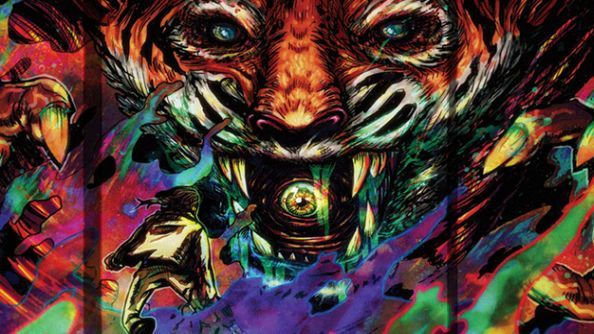
Hotline Miami is a game that shows this to the nth degree. The aesthetics takes stuff I’ve done a million times in other similar games and makes it feel fresh and visceral. Again, cactusquid honed his skills with aesthetics through a crap ton of games.
Okay. So this isn’t a fundamental really. It’s more of an opinion on this already opinionated topic but fuck it. Basically, learn shit about everything. Game design is so inextricably mixed with so many other disciplines that your skill in them will feed back into your game design.
Learning art will teach you how to use art better and have those visuals strike players on a deeper level.
Learning music will teach you how to make your game sound alive and help create the world that can’t be explained through only visuals.
Learning writing will help teach how to better tell a better story through the pieces in your game.
And start stealing from other shit. Take stuff from film, poetry, dance, photography, animation, radio, etc. Games can use anything and everything.
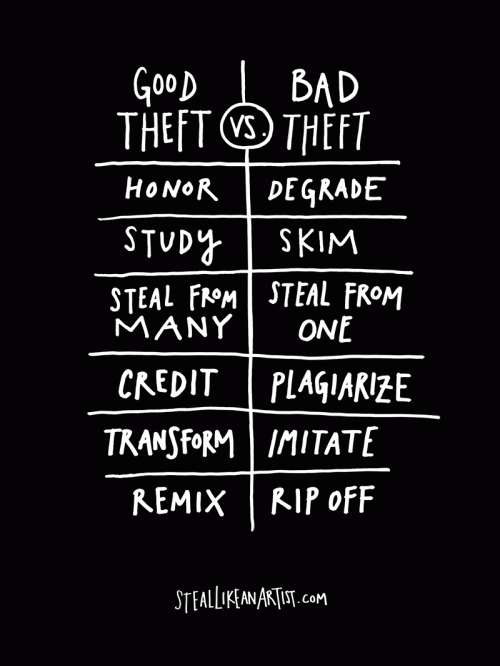
Also, start exposing your brain to stuff thats weird and strange to you. Consume things you would never have experienced if you stuck inside your comfort zone. Expanding your tastes and learning about everything you can will start changing the ways you tackle game design.
Aesthetics and game feel can come from anywhere. Trying to achieve a game feel that replicates what you felt in watching a breakdancing poetry movie will help you grow as a designer. You will try new things. You will fail. And you will learn. And learning as a game designer is the most important thing you will ever do.
Game design is a skill like anything else. However, the way it’s been treated kind of sucks. When people try to pass on design knowledge it always comes in the form of postmortem or things like “Analyzing why roguelikes are popular”.
It’s the equivalent of saying “Analyzing why rock is popular” or “10 things I did right and wrong in this painting”. They have their positives but ultimately it’s not going to help build the core of your skills.
I really hope that this post has made you start to think about design as more than just a flow graph and why the newest fad works, if you haven’t already. If you have thought about these things then GREAT! I’m glad I’m not alone.
I want there to be discussions about design itself. On what the skill of game design truly is. Especially, now that game design is starting to become more and more accessible.
If we ever want to master game design as a skill, we need to first understand what that skill is. And I want to talk about that more. And I will. And hopefully if anyone out there feels the way I do then you’ll start talking about these kinds of things too.
Read more about:
Featured BlogsYou May Also Like